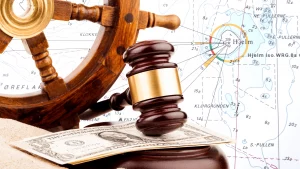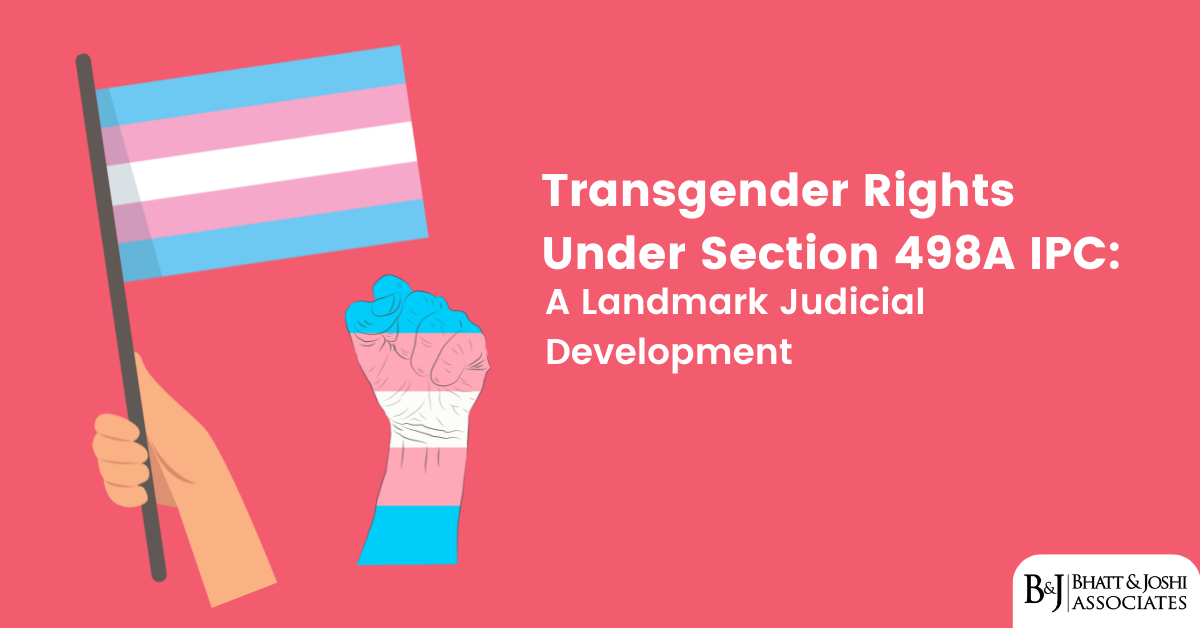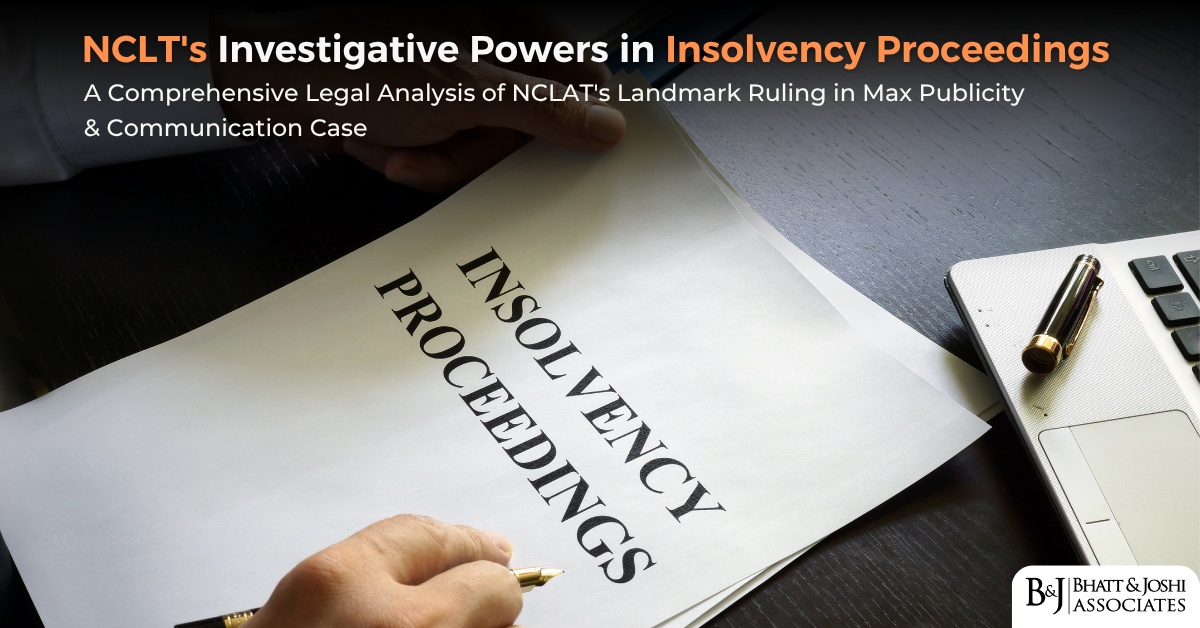The foundations for Indian admiralty laws were laid concurrently with the drafting of English admiralty rules. Even post-independence, the problems concerning jurisdiction and enforcement of maritime claims were dealt under the varied colonial acts as effective and enacted till 1891, despite the fact that British Admiralty laws had undergone several radical changes.
When compared to other seafaring nations, statutory maritime law in India has lagged way behind, until recent years, when Indian legislators have introduced various enactments just like the Major Ports Authorities Act 2020, the Recycling of Ships Act 2019, the Inland Vessel Act, 2021, and also the Admiralty Act 2021.
It is pertinent to say here that in the absence of legislative action, the Courts in India had to step in to fill a number of the gaps by judicial intervention, most significantly by reading into Indian admiralty jurisprudence, the two Arrest Conventions of 1952 and 1999 respectively.
In 1986, a committee led by Mr. Praveen Singh, then-Director-General of Shipping in Mumbai, reviewed existing maritime laws and concluded that the courts’ admiralty jurisdiction was outdated, recommending the enactment of comprehensive legislation defining the scope and extent of admiralty jurisdiction.
In the years 1993, 1999, 2005, 2009, and 2012, the Commission’s advice was approved, and an Admiralty Bill was introduced in Parliament. The Admiralty (Jurisdiction and Settlement of Maritime Claims) Act, 2017 (“2017 Act”), however, was only passed by Parliament in 2017. Following that, the Act went into effect on April 1st, 2018, as a result of a notification dated February 22nd, 2018.
Admiralty law is another term for domestic maritime law, and it encompasses maritime concerns and offences. The Admiralty Act of 2017 is organised into four chapters and comprises 18 sections.
Introduction to the Indian Admiralty Act,2017 :
The Act is divided into three sections-
- expansion of the jurisdiction of courts,
- conferring the ability to adjudicate and settle maritime claims/disputes,
- right to arrest or sale of the vessels associated with maritime disputes.
The Admiralty Legislation, which is a separate act that vests admiralty jurisdiction in specific High Courts, functions in an entirely distinct area. It is a unique law that governs Admiralty jurisdiction, judicial processes involving vessels, their arrest, detention, and sale, as well as other concerns related to and incidental to these subjects.
Prioritization is a topic that is related to and/or incidental to the selling of ships. However, several aspects of the Act appear to require judicial interpretation in the future, owing to a variety of sources, and the preamble may play an essential role as a judicial assistance to interpretation.
Applicability:
It applies to all vessels operating in Indian territorial waters, regardless of the owner’s location or domicile.
The Act does not apply to inland boats or vessels in the building phase that have not yet been launched. Furthermore, the Act does not apply to foreign vessels having a non-commercial purpose, as well as boats owned or maintained by the government.
Jurisdiction:
Until the enactment of the new Act, the admiralty jurisdiction vested in the High Courts of Bombay, Madras, and Calcutta by various archaic British laws, which now, with the enactment of the new Act under Section 3 read with Section 2(1)(e) of the Admiralty Act 2017, also extends and vests admiralty jurisdiction in the High Courts of Hyderabad, Gujarat, Kerala, Orissa, and Karnataka, and also allows the central government to extend the jurisdiction over any other High Court.
Despite the fact that each court has admiralty jurisdiction over its state’s territorial waters, the boundaries of a state’s territorial waters are unclear. When the Admiralty (Jurisdiction and Settlement of Maritime Claims) Bill, 2016 was being debated in the Rajya Sabha, Shri D. Bandyopadhyay, a Member of Parliament, stated that the jurisdiction of territorial waters should be delineated using modern technologies such as satellite mapping, geo-special mapping, and so on.
In the landmark case of M. V. Elizabeth & others v. Harwan Investment Trading Pvt. Ltd., the Apex Court selected jurisdictional uncertainty and ruled that for deciding matters within India, the High Courts of India hold a superior position than the other Courts or laws. The Court was also of the opinion that the High Courts of India have unlimited jurisdiction with inherent and plenary powers to make a decision upon their own jurisdiction.
In Kamalakar Mahbadev Bhagat v. Scindia Steamship Navigation Co. Ltd , it had been held that a suit for damages by the ship owner against any vessel for collision on the high seas should be adjudicated by the supreme court having Admiralty Jurisdiction on its Admiralty side, no matter whether it’s an Indian vessel or a far-off flag vessel.
In Bai Kashibai & Ors v. Scindia Steamship Navigation Co. Ltd , it had been held that a suit for damages with reference to the loss of life as a results of a collision on the high seas, whether in rem or personam, falls within the exclusive jurisdiction of the supreme court under its Admiralty jurisdiction.
Maritime Claims:
The Act allows for the adjudication of defined maritime claims as well as the securing of such claims by the detention of vessels in specific circumstances. Similar to the 1952 and 1999 arrest conventions, Section 4 of the Act provides an exhaustive list of maritime claims. The Act’s wording indicates that a vessel can only be detained for security purposes in connection with maritime claims listed in section 4. “While exercising jurisdiction under sub-section (1), the High Court may settle any amount outstanding and unsettled between the parties in connection to a vessel,” says section 4’s sub-section (2). This reasoning is problematic because it appears to deviate from established admiralty law norms in the sense that it appears to empower the government. This explanation is problematic because it appears to depart from established principles of admiralty law, in that it appears to empower admiralty courts to adjudicate on non-maritime claims between the parties that are “outstanding and unsettled” and arise in relation to any vessel, not just the offending/arrested vessel.
Maritime Lien:
A lien is a creditor’s right to keep the debtor’s property until the obligation is paid, according to common law.
A marine lien is a privileged claim against a maritime property or res for services rendered or harm caused by it. The maritime res can be used against the vessel, cargo, or freight, but not the owner. If the vessel is sold according to a court order, the lien on it will be voided. The lien against the vessel’s owner will remain in place for a year, regardless of changes in ownership, registration, or flag.
The types of maritime liens and their priority are listed in Section 9 of the Admiralty Act of 2017, which are broadly:
- Wages for employment (including repatriation and social insurance contributions) claims are extinguished after two years;
- loss of life or personal injury claims ;
- reward for salvage services ; and
- port, canal, and other waterways dues, pilotage, and statutory dues
Ship Arrest and Sale of the Vessel:
Sections 5 to 8 of the 2017 Act deal with the legal framework surrounding ship arrest and sale. In addition to these regulations, while dealing with ship arrest and sale in India, the Admiralty Rules of the different High Courts must be considered. The modes of exercise of admiralty jurisdiction, which might take the form of action in rem or action in personam, are spelled forth in Sections 5 and 6 of the 2017 Act. In some situations, activities in personam are prohibited under Section 7 of the Act. The vesting of rights on the sale of boats is addressed in Section 8 of the 2017 Act.
The goal of Section 5 of the Act is to provide security against a maritime claim, subject to the Court’s satisfaction on the application of the “cause to believe” test. The clause requires the arresting claimant to first identify the appropriate individual who would be responsible in personam when the cause of action arose before arresting the ship in connection with which the claim occurred.
The person in possession or control of the ship in connection with which the claim originated might be the owner, the demise charterer, or the person in possession or control of the ship in connection with which the claim arose. In addition, Section 5(2) allows for sister-ship arrests. When read in conjunction with sections 5 (1)(a) and 5(1)(b), section 5(2) states that the High Court may order the arrest of any other vessel in place of the vessel against whom a maritime claim has been filed.
It is important to emphasise that only one vessel, not numerous boats, can be detained. The other ship might be the demise charterer’s own ship or a demise hired vessel in the event of a demise charterer ship arrest. However, Section 5 would govern what defines a sister-ship (1).
Conclusions:
The long-awaited piece of law entered into force on April 1, 2018, which is a welcome shift in the Indian maritime policy. Various antiquated British rules that governed marine ties and claims in India were removed by the newly adopted Act of 2017. Furthermore, every judgement, decree, or order issued by a single judge of the high court may be appealed to a division bench of the high court, and the central government is required to provide a list of assessors to assist the judge in evaluating rates and claims in admiralty procedures.
Only the Chartered High Courts were given admiralty jurisdiction under the Colonial Courts of Admiralty Act of 1890. Under the new Act, 8 High Courts in coastal states can now exercise admiralty jurisdiction over marine claims up to the territorial seas of their respective jurisdictions.
It would be sensible and practical to re-examine shipping documentation in light of the adoption of the Admiralty Act of 2017, to verify that they are in compliance with the new law.
Written by: Akriti Shah,
IV BALLB
ILS Law College, Pune
(intern at Bhatt & Joshi Associates)














